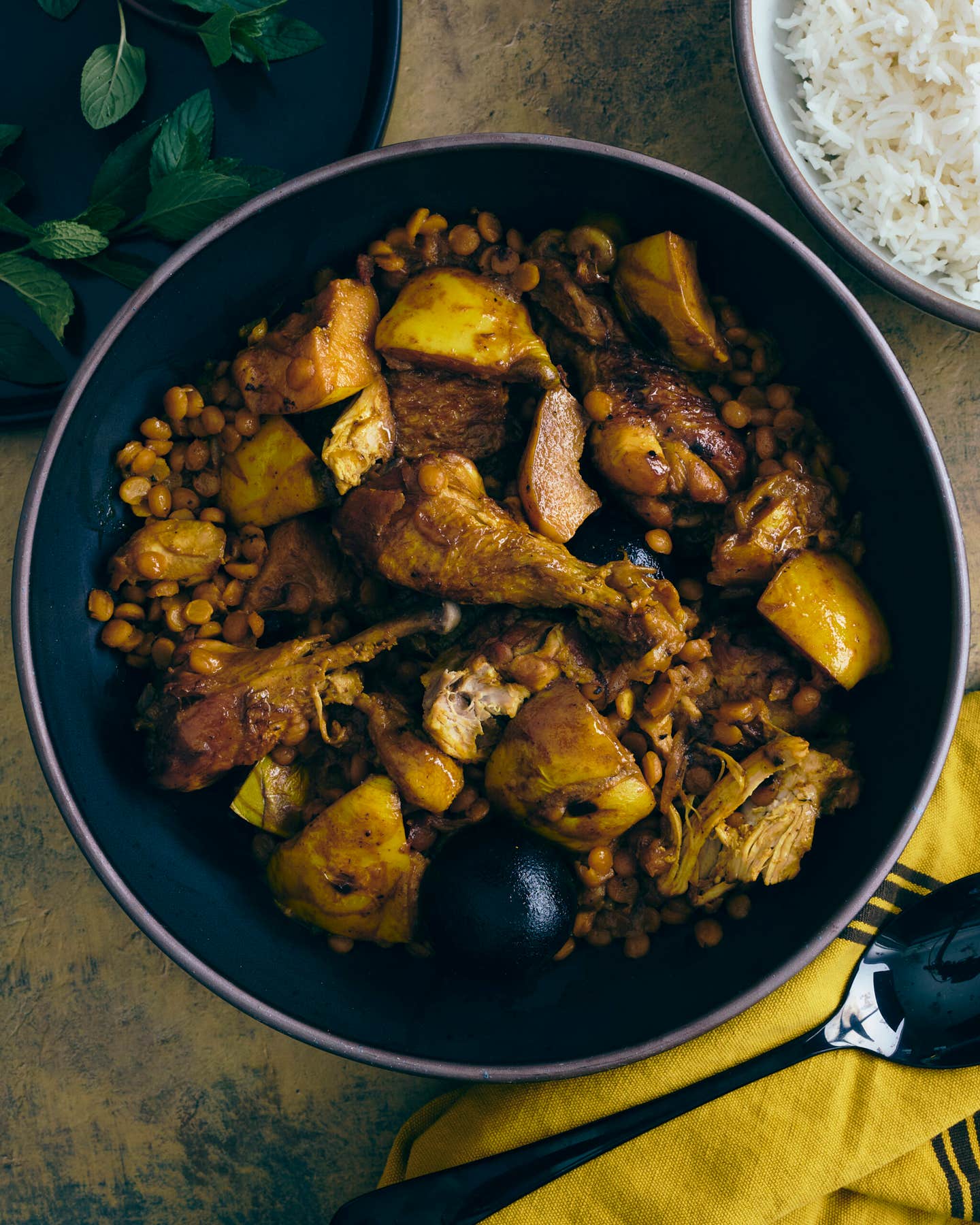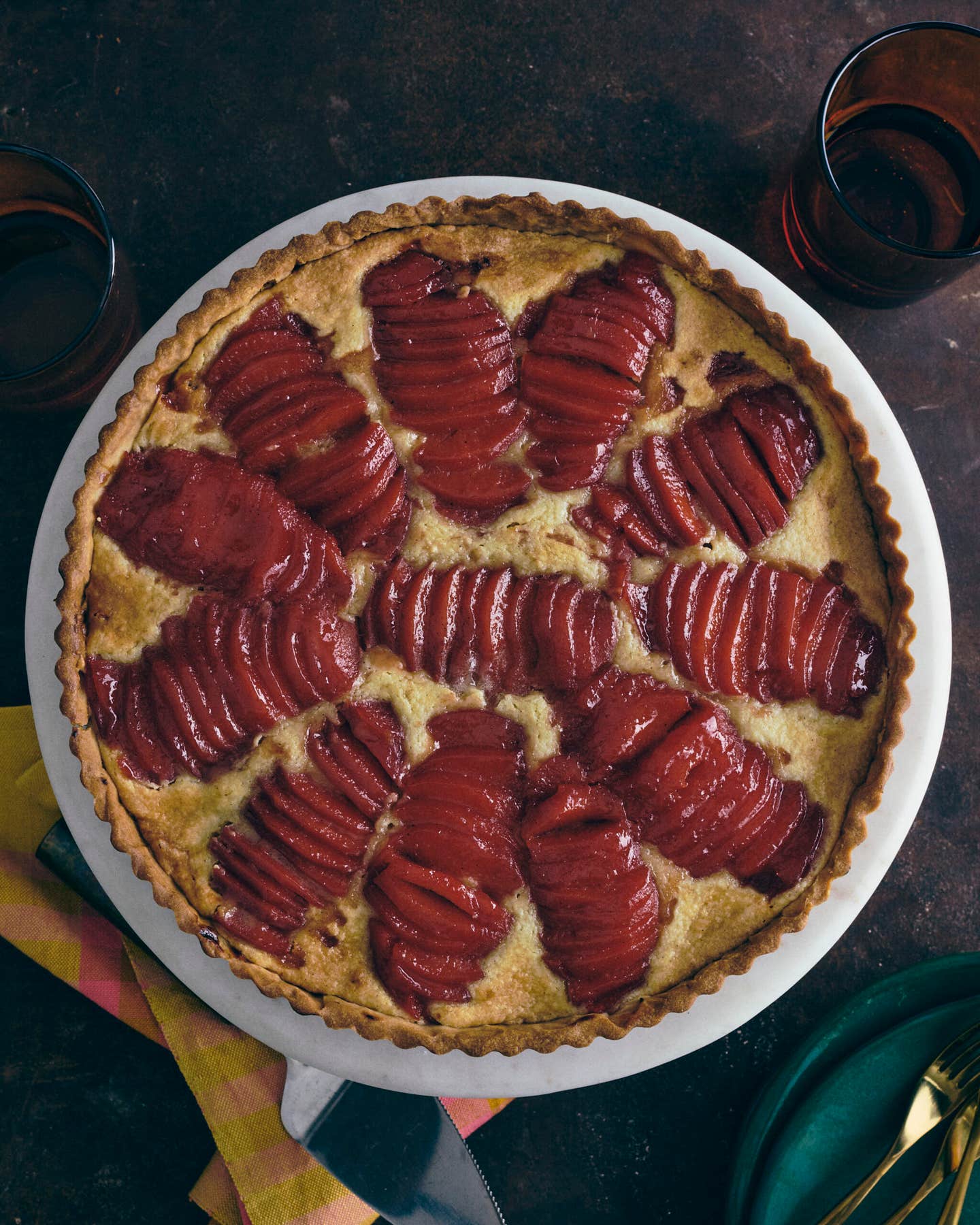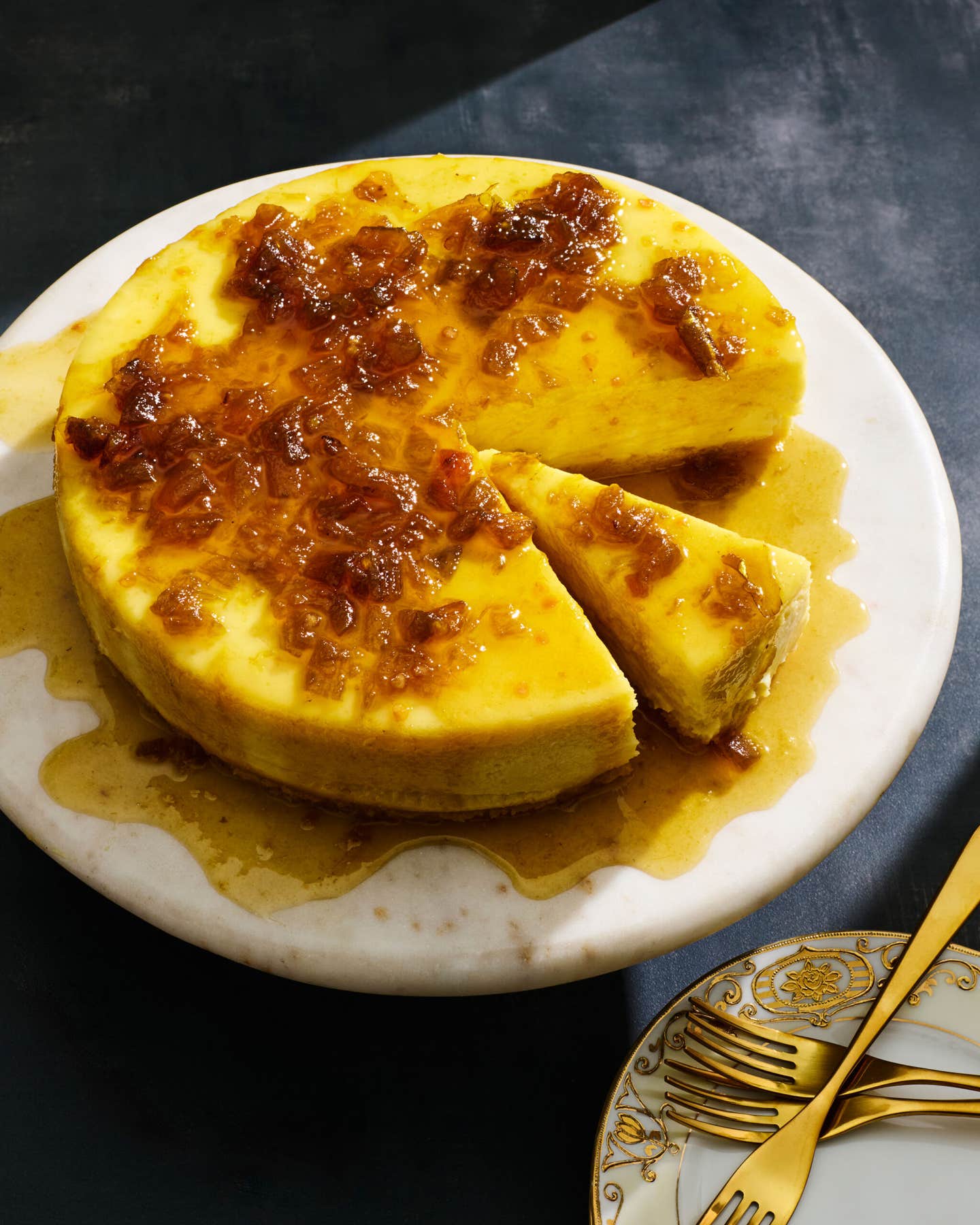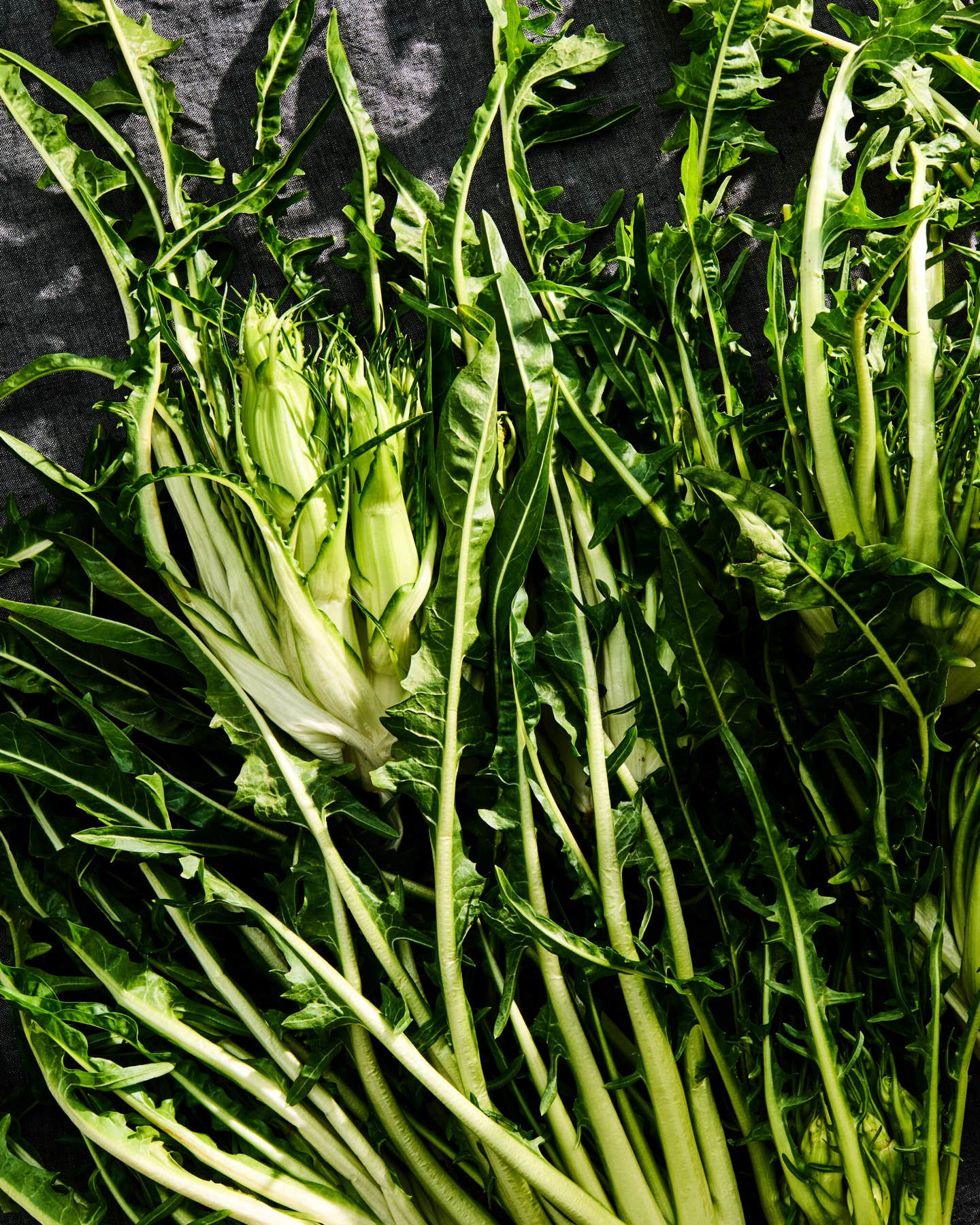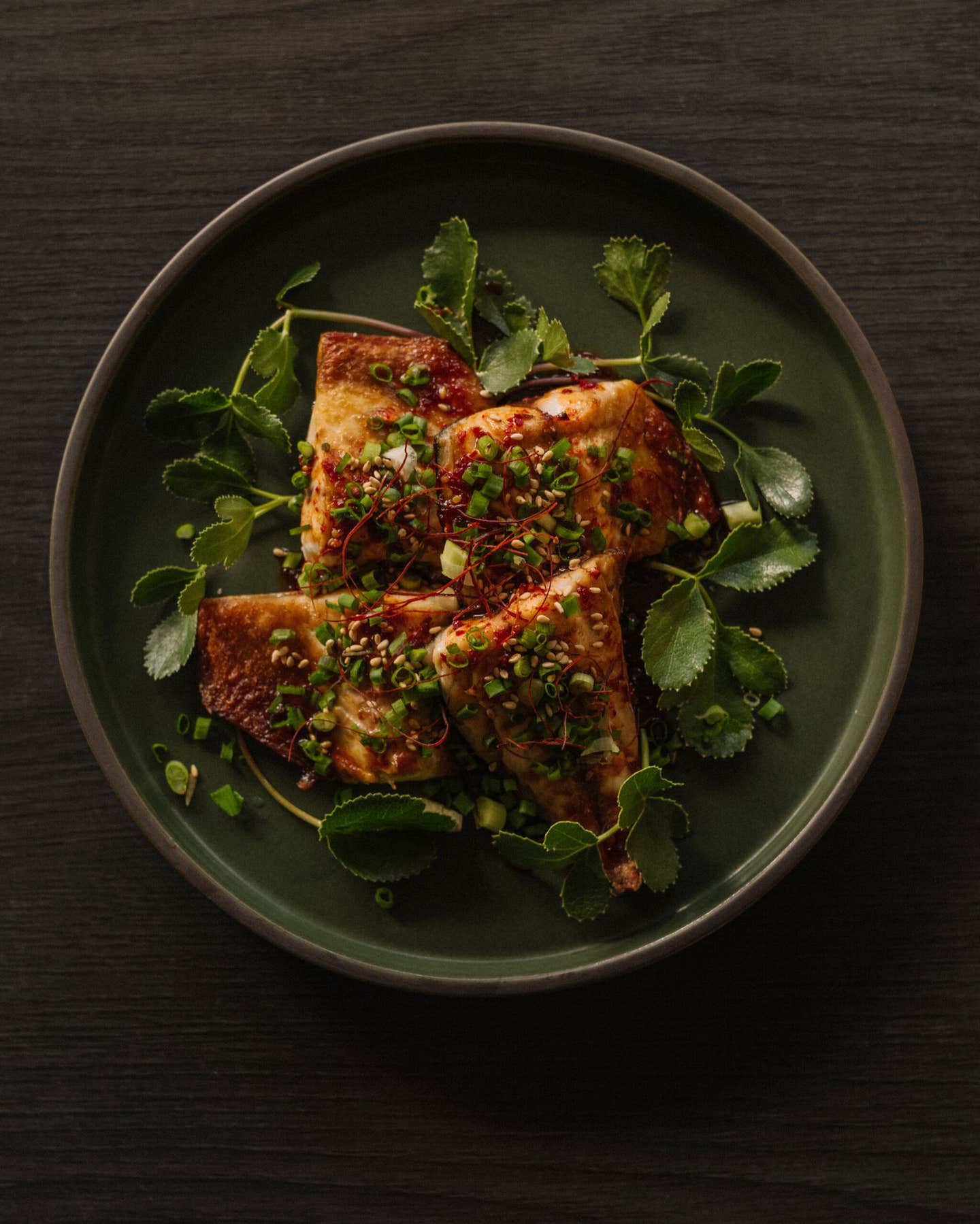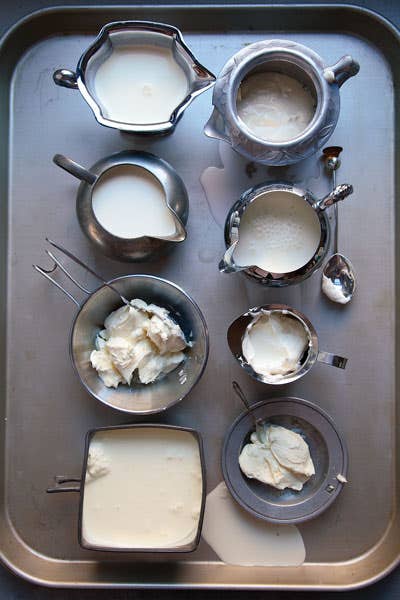
Cream of the Crop
With its delicate flavor and luxurious texture, cream—the high-butterfat component of milk—is a key ingredient in countless soups, sauces, and desserts. As we tested our way through the 2010 SAVEUR 100 issue, we encountered lots of varieties and wondered what the difference was between, say, double cream and clotted. Here's a guide to creams found in supermarket dairy cases.
1. Heavy whipping cream, also called whipping or heavy cream, is great for shrimp bisque and other hot dishes, where its 36 to 40 percent butterfat prevents it from curdling. Since it whips up fast into a stiff foam, it's also ideal for topping desserts like chocolate cream pie.
2. Light whipping cream is also good for finishing soups and whipping, but because it contains less butterfat (between 30 and 36 percent), it has a lighter, looser texture than heavy cream.
3. Light cream, also called table cream, can contain anywhere between 18 and 30 percent butterfat. Though too light for whipping, it's delicious drizzled over desserts like blackberry slump.
4. Half-and-half, a homogenized blend of milk and cream, contains between 10.5 and 18 percent butterfat. Richer than milk but not as thick as cream, it's perfect for making pie fillings, as well as adding body to sauces, like the one for crabs and spaghetti, where cream would bind them too tightly.
5. Clotted cream is the result of cooking nonhomogenized milk until a blanket of cream forms on top. With a minimum of 55 percent butterfat, this richest of creams is as thick as whipped butter, with a slightly toasted flavor. Delicious spread on biscuits, it can be found at most specialty food stores.
6. Double cream is British-style heavy cream, which—at 48 percent butterfat—makes for a thick, sweet dessert topping. Look for it where clotted cream is available, and whip it gently by hand, as it easily separates into butterfat and buttermilk.
7. Sour cream, made by adding mesophilic lactic acid bacteria to light cream (which thicken and sour it), lends tang to dishes like chicken paprikash. Mixing it with a sprinkling of flour before adding it to hot dishes keeps it from curdling.
8. Creme fraiche (the phrase is French for fresh cream) was traditionally made by letting cream sour at room temperature. At 30 to 40 percent butterfat, it's richer than sour cream and, thus, better able to withstand high temperatures, making it ideal for dishes like rabbit in mustard sauce.
Keep Reading
Continue to Next Story





